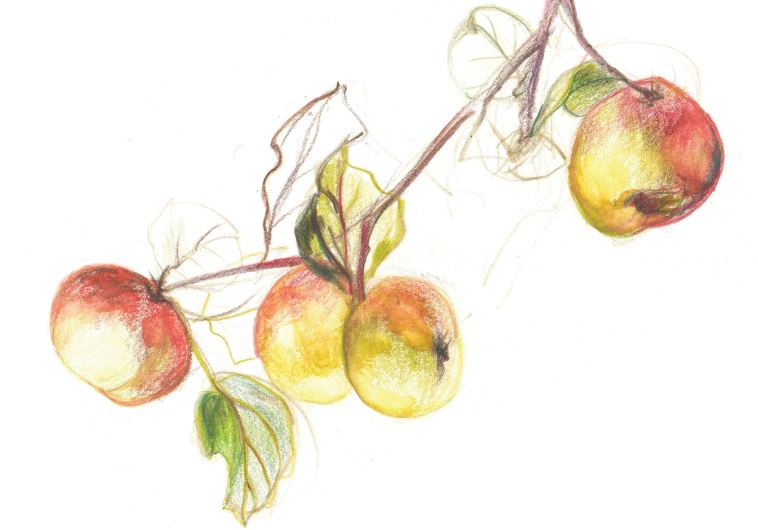A call for self-reflection
Marcia Falk recreates the language and concepts of the Rosh Hashana and Yom Kippur liturgy to make it more accessible to the contemporary sensibility.
 Marcia Falk’s drawing ‘Gilead Apples’(photo credit: COURTESY MARCIA FALK)
Marcia Falk’s drawing ‘Gilead Apples’(photo credit: COURTESY MARCIA FALK)